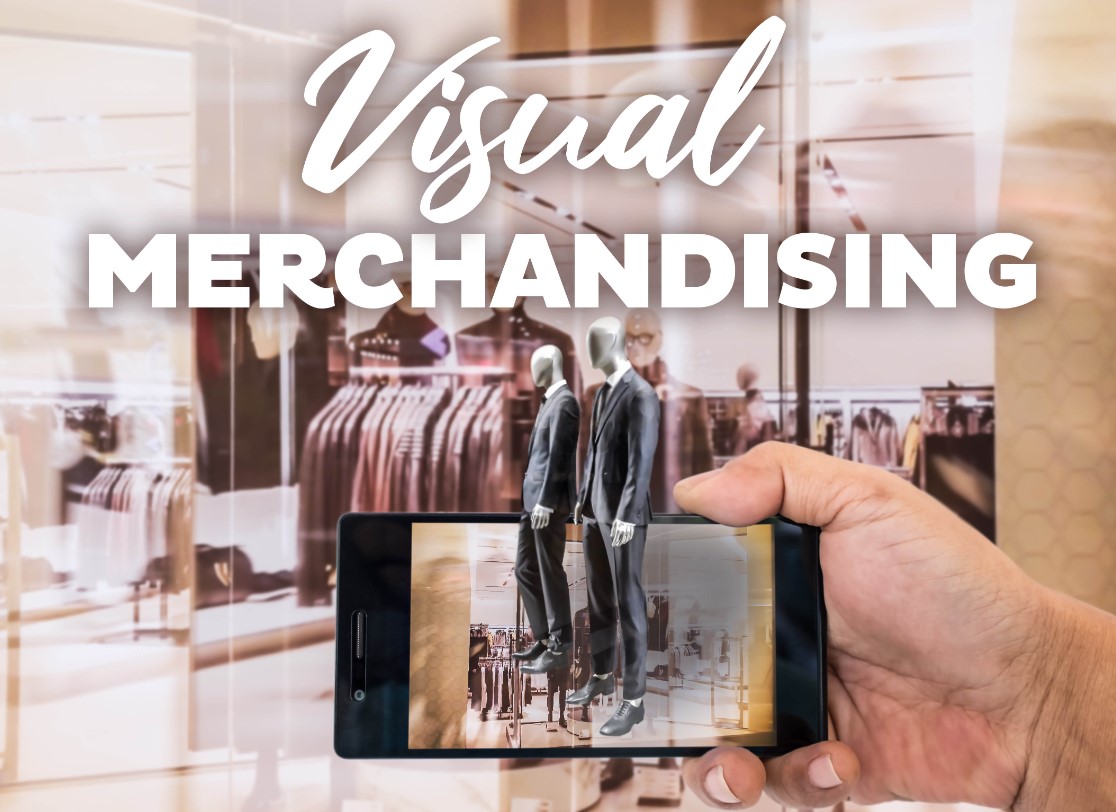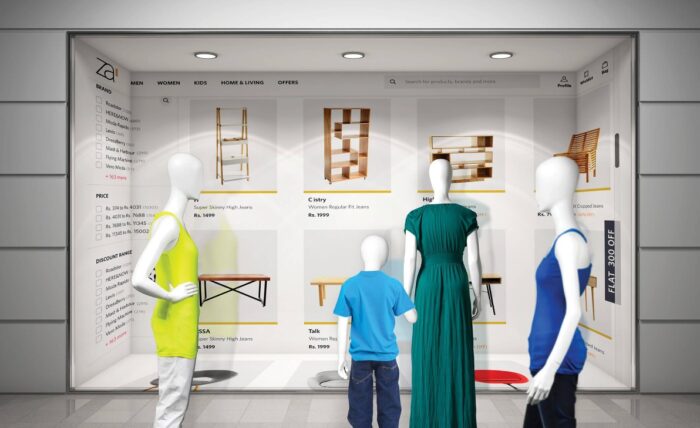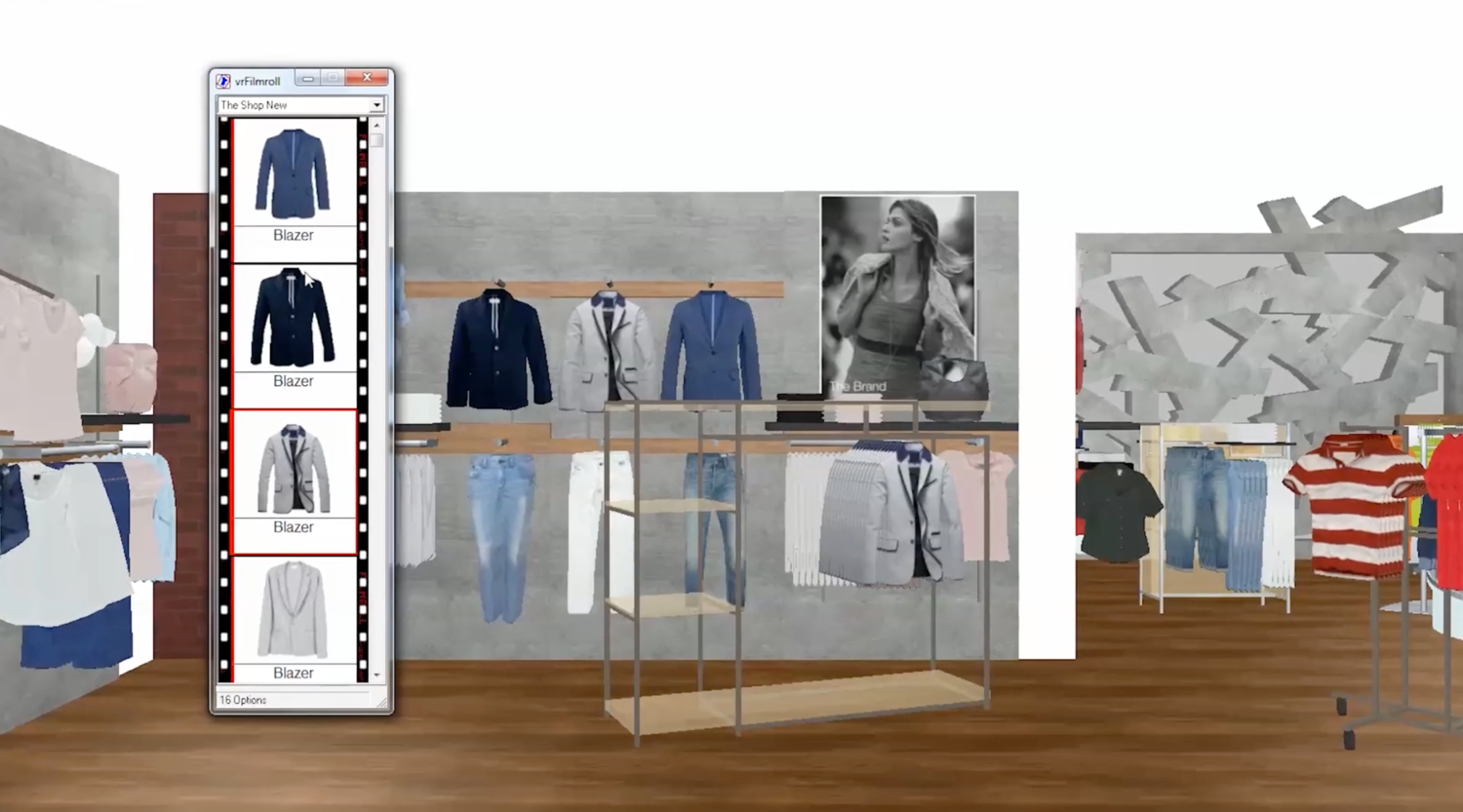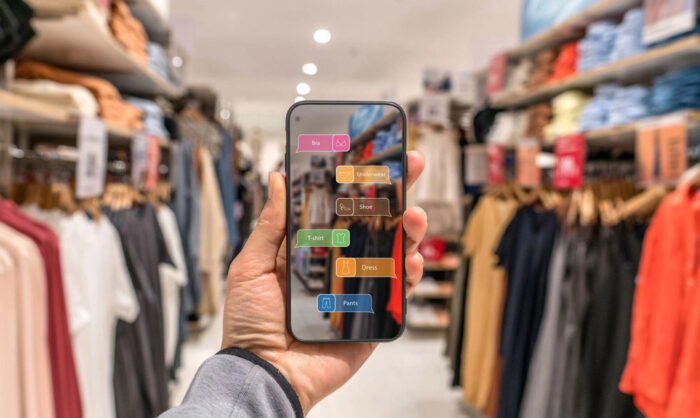
Visual merchandising is a marketing technique that allows you to create a visual representation of your product that will attract attention and make you stand out from the crowd.
There are many different ways to accomplish this, such as with product photos, user-generated content, and even omnichannel merchandising.
User-Generated Content
In online visual merchandising, user-generated content can help your business build its brand and generate new revenue. UGC can be used for anything from social media updates to podcasts. The key is making sure the content is used legally.
While many brands are shying away from using user-generated content, it has become a necessary part of many consumers’ purchase journeys. This is especially true among millennials. More than 25% of this generation won’t buy a product without seeing pictures or videos.
User-generated content can also be used to create a more personal experience between a customer and a brand. For example, Denny’s has a Twitter account that features customer photos. Users can click on the photos and a playful tone is maintained while the company responds to their comments.
A study by TurnTo Networks examined the impact of UGC on the online shopping experience. It found that consumer-generated content, such as reviews and product ratings, adds a sense of assurance to shoppers’ purchasing decisions.
Product Photos

Online visual merchandising uses product photos to its best advantage. It’s not surprising that retailers want to get more social clout organically. A well-done eCommerce site can give you all the services of a live representative at the click of a button. This is particularly true of visual merchandising.
One of the easiest ways to achieve this is to incorporate an effective shopper analytics system. For example, if you have a customer who frequently buys the same item, a gamified rewards system may be in order. Another trick is to make your customers feel they are in a shop that is worth a visit. The key is to be proactive and not reactive. If you do this, you’ll be rewarded with a higher conversion rate and more money in the till.
Visual merchandising goes beyond displaying product photos. Some retailers even take it one step further by offering customers the chance to try on a particular style of clothing or shoe. Others make the most of the opportunity by hosting “shop” events that attract a wide range of patrons. Regardless of your strategy, be sure to make online visual merchandising a priority.
Adapting to the User’s Browser

Achieving effective visual merchandising on an online retail site requires careful planning, data gathering, and an understanding of the shopper’s perspective. In addition to the core elements of eCommerce visual merchandising, online stores should integrate customer personalization and convenience to improve user experience and increase conversions.
Online visual merchandising can help create a memorable online shopping experience and increase sales. It can also speed up the sales process. But visual merchandising isn’t just about photos and star ratings – it’s about optimizing the entire store layout.
The initial display page should feature alluring images and a fluid interface. Customers should be able to easily sort products by fit, technology, or price. If possible, customers should be able to search for products by category or keyword.
Visual merchandising can help retailers sell more items, improve the quality of the shopping experience, and boost their average purchase value. Successful online visual merchandising requires a strong digital design, intentional digital strategy, and smart merchandising rules.
Omnichannel Visual Merchandising

Omnichannel visual merchandising is an important part of the process of attracting, engaging, and converting customers to buy. It is crucial to provide an experience that is both convenient and memorable while building brand loyalty. Ultimately, it can help increase sales and generate a higher average order value.
Today, consumers are increasingly looking to minimize their physical in-store time and maximize the efficiency of their shopping. That’s why retailers are using a variety of techniques to optimize their store layouts and create a more personalized shopping experience.
For example, a retailer can create a virtual try-on program for online shoppers. This will allow customers to try on clothes without actually having to leave the house. However, the process isn’t a substitute for in-person shopping.
Another way to create a more customized shopping experience is by incorporating a personalized product recommendation feature. Customers can select products based on their past buying habits. Online retailers can also incorporate widgets to promote loyalty programs.
Visit Sortler.com and know more about merchandising and choose what you need.








